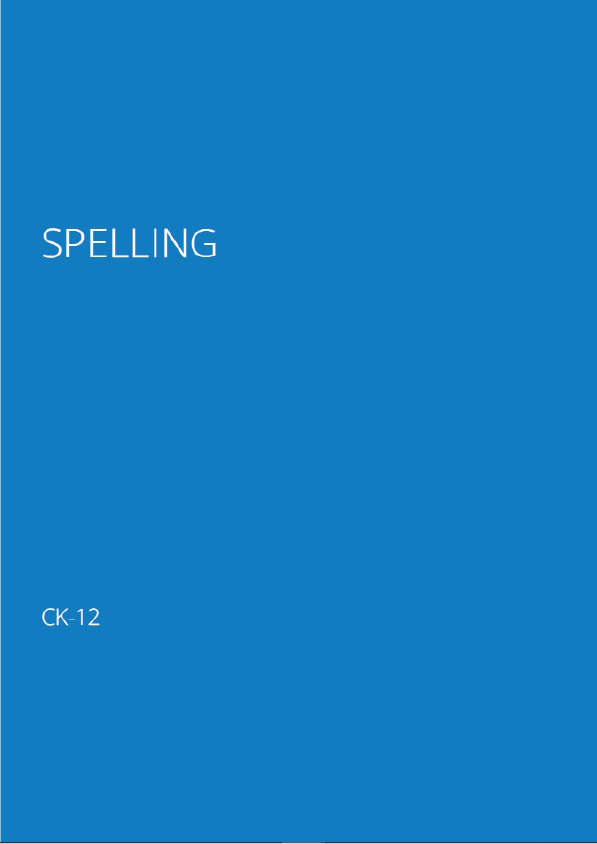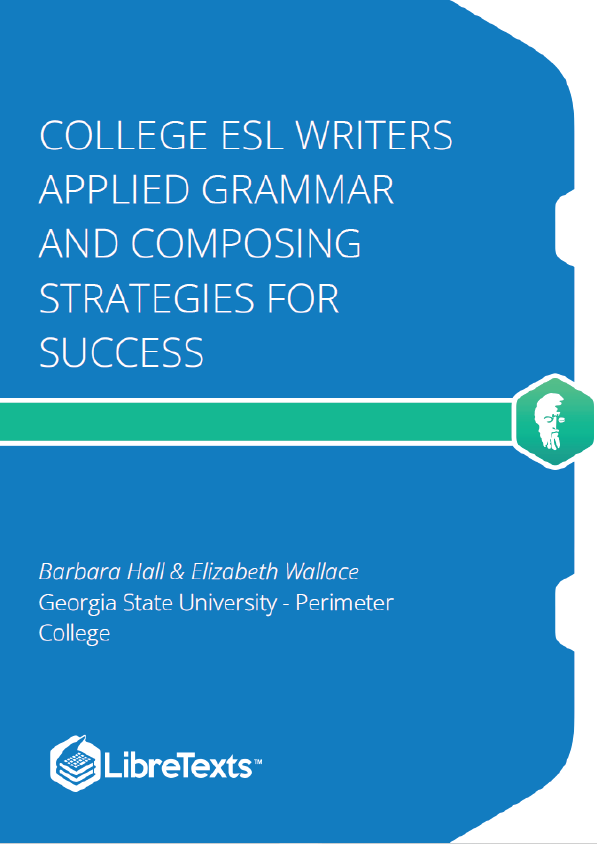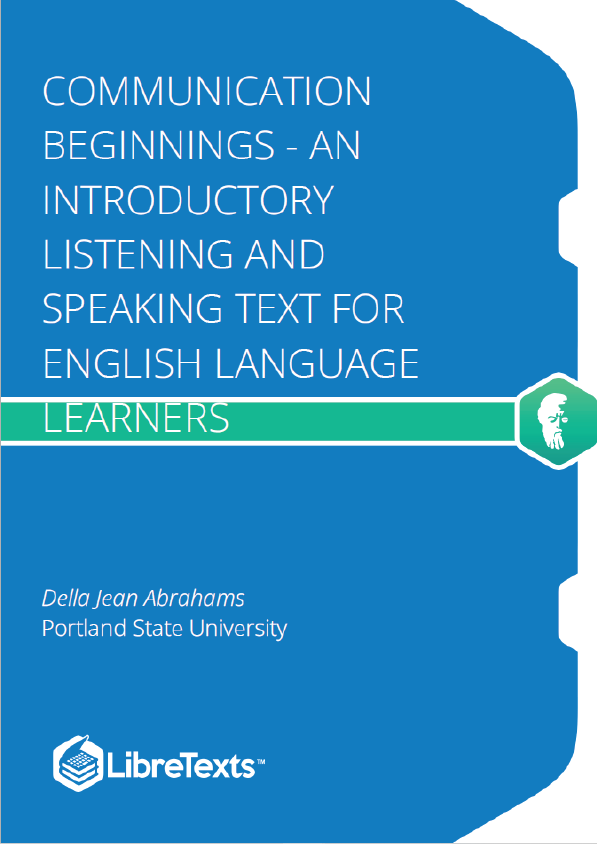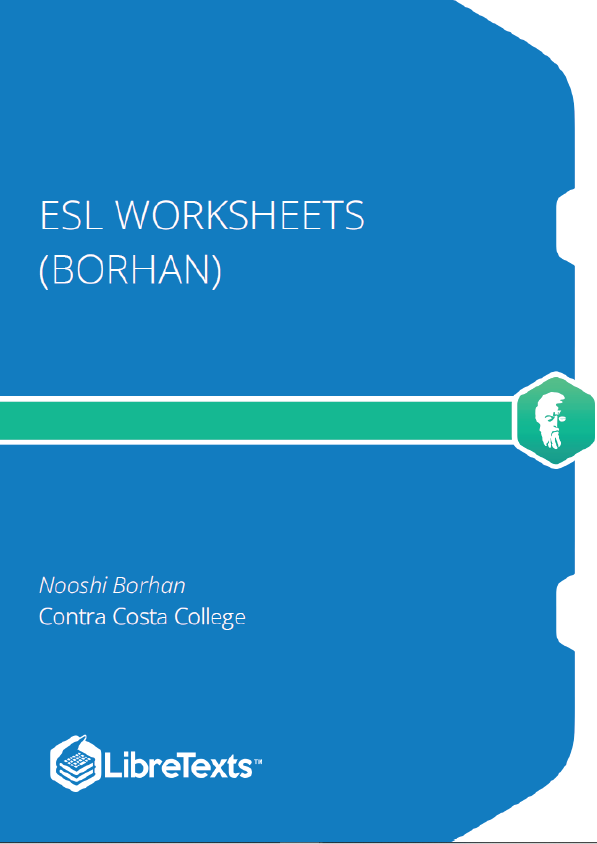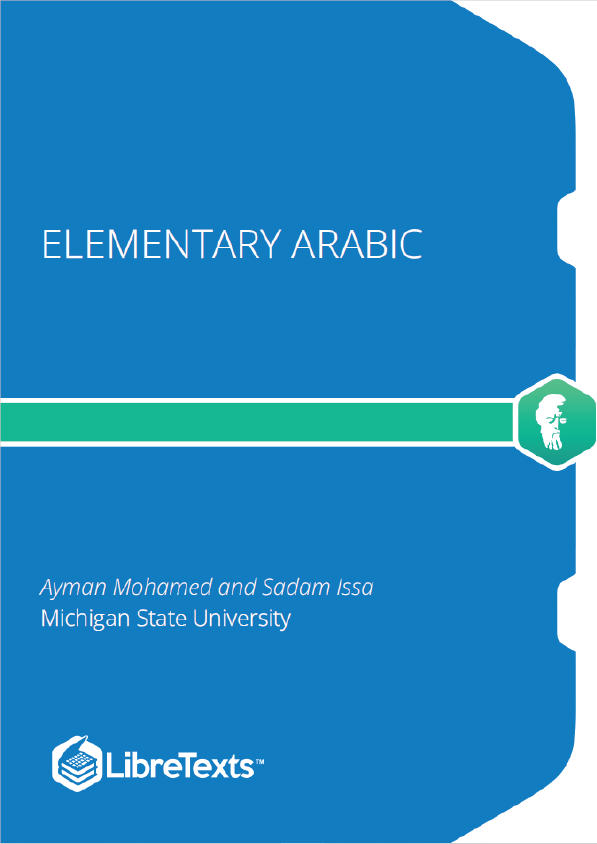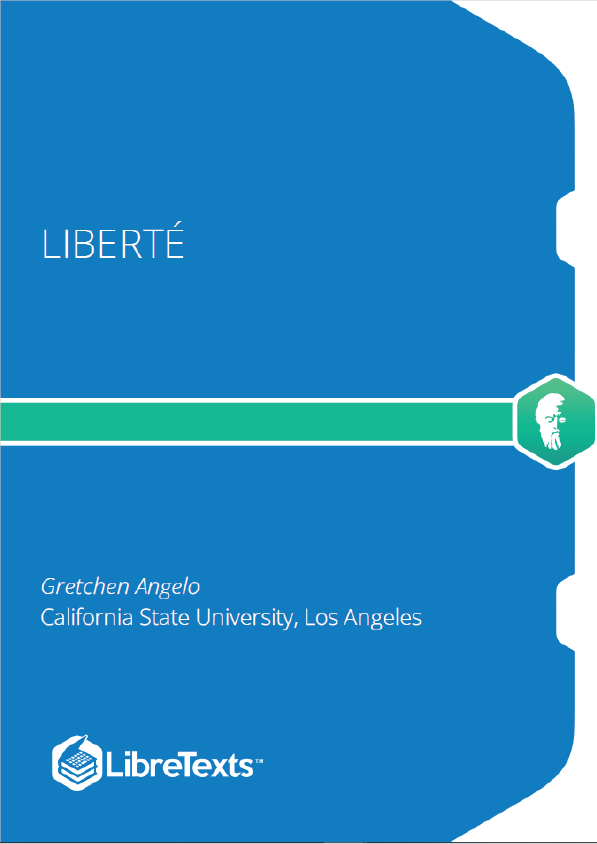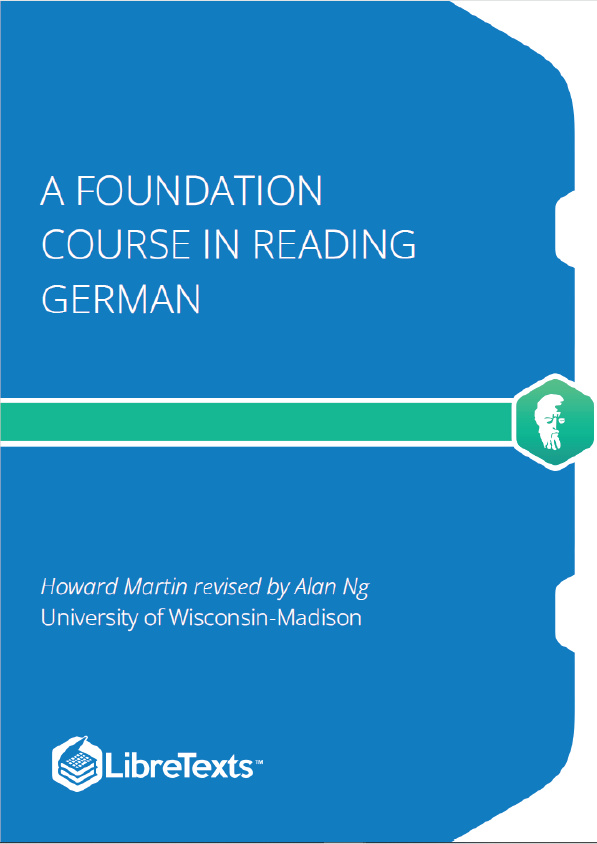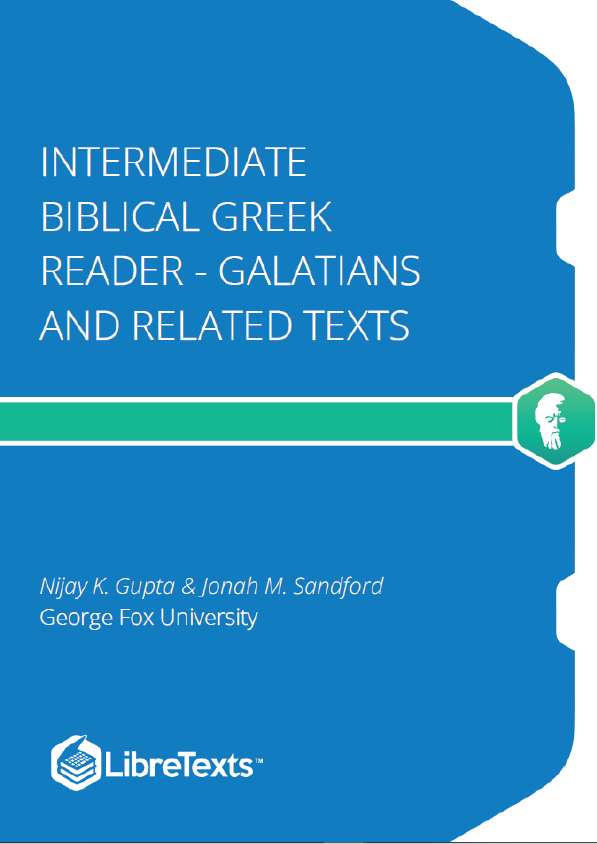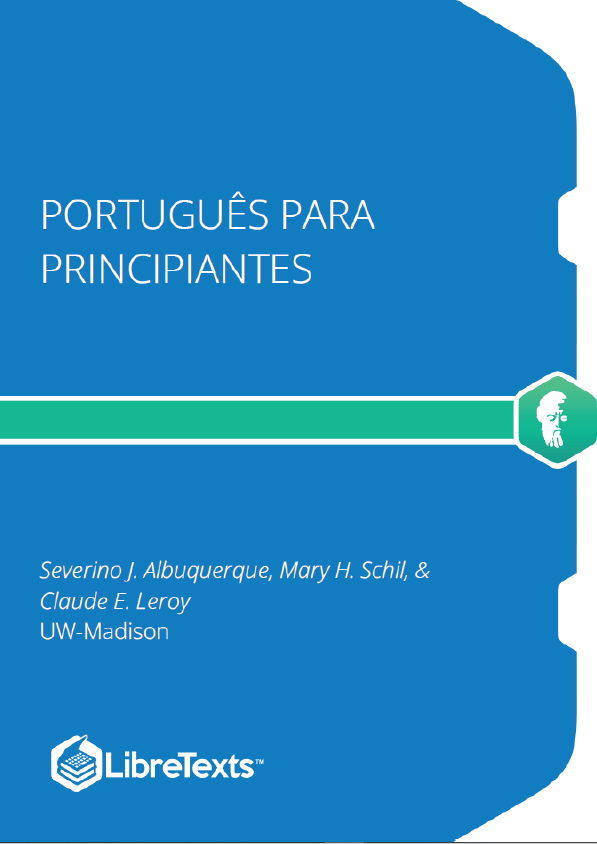Letters and sounds are two different things: Letters are things you see. Sounds are things you hear.
For example, say the word else. You should hear three sounds in it:
The first sound is spelled by the letter <e> at the front of the word.
The second sound is spelled by the letter <l>.
The third sound is spelled by the letter <s>.
Note that the letter <e> at the end of else does not spell a sound.
So you can see four letters, but you can hear only three sounds.
The standard that <a>, <e>, <i>, <o>, <u> and sometimes <y> are vowels usually works.
However, <w> can sometimes work with another vowel to make a vowel sound, and <u> can, on rare occasions, act as a consonant. Treating <u>, <w>, and <y> as letters that sometimes work as vowels and sometimes as consonants helps us make sense of spelling.
Examples
- In gym, someday, and puppy, <y> makes a vowel sound, but in you and beyond, <y> makes a consonant sound.
- The letter <w> is only a vowel when it is found second in the two-letter teams <aw>, <ew>, and <ow>, as in draw, few, and low. Otherwise, it is a consonant, like in way, write and who.
- The letter <u> is usually a vowel, but it acts as a consonant when comes after the letter <q>, as in unique, or when it spells the [w] sound.
- This happens when it comes right after the letter <q>, as in queen, and occasionally after the letter <g>, as in penguin.
While the letter <u> is usually considered a vowel, there are a few cases where it doesn’t act as a vowel in a word.
- The letter <u> acts as a consonant when in comes right after the letter <q>, as in quit or mosquito.
- The letter <u> is also a consonant anytime it spells the sound that is usually spelled with a <w>, the sound you hear at the beginning of will and won’t. This happens with the letter <q> as in queen, and also in a few words, such as penguin, when it follows the letter <g>.
